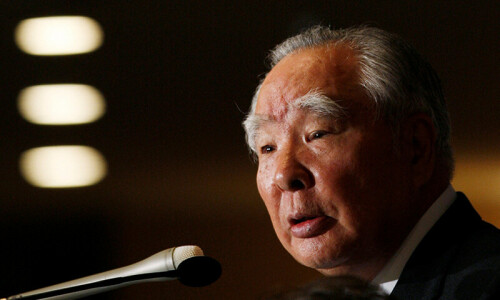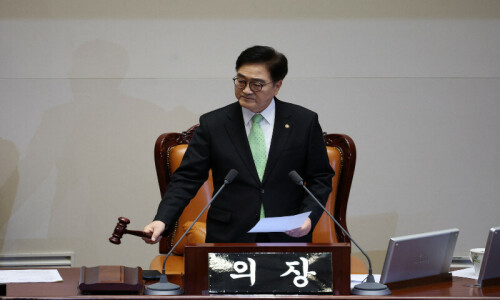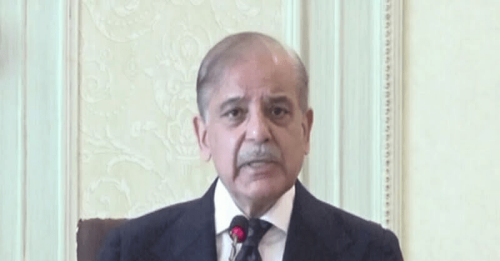INDIA has been virtually overrun by a fake news epidemic in the last few years, the content ranging from the absurd to the ridiculous to sinister, and the consequences assuming tragic proportions sometimes.
Unverified websites and social media platforms such as Facebook, Twitter and WhatsApp are the potent tools to disseminate such news.
The preponderance of fake news can largely be attributed to the telecom revolution in this country of 1.2 billion people that has in the last decade or so equipped most Indians, even in rural and remote parts of the country, with cellular phones.
Tragic outcome
Take some recent examples of the extent and reach of fake news.
A WhatsApp message and Facebook post cautioning people to beware of child kidnappers went viral in the tribal belts of the central Indian state of Jharkhand, resulting in villagers meting out instant mob justice and killing seven innocent people whom they suspected to be abductors in a single day.
The police rushed to the spot but in the face of mob violence claimed helplessness. The fact that four of the victims were Muslim cattle traders led to the incident initially assuming a communal angle.
One of those arrested for spreading the child kidnapping rumours on WhatsApp and fake articles on social media confessed he had edited a Facebook post and forwarded it to a WhatsApp group. It was then further forwarded to 40 WhatsApp groups.
Religious divide
Increasingly fake news has assumed a communal dimension and is being used to polarise people on religious lines.
The Rohingya Muslims fleeing persecution in Myanmar have become victims of fake news in India as news channels and websites tar all of them with the same brush of extremism and violence.
Some Twitter accounts have images purportedly showing Rohingyas persecuting Hindus in Myanmar’s Rakhine state but alert fact-checkers have called out these images for the fakes they are.
Supporters of the Bharatiya Janata Party-led central government in Delhi have become adept at using social media tools to take on anyone questioning or criticising the government. They disseminate incorrect information with impunity and troll “dissenters”. Women, especially journalists, known to question government policy are special targets of the internet trolls.
A fake news article said noted writer and sharp critic of the government’s Kashmir policy, Arundhati Roy, had told a Pakistani newspaper that 7million Indian Army soldiers cannot beat the “azadi [freedom] gang” in Kashmir. This triggered immediate outrage among “nationalist” news channels and BJP supporters.
It was later discovered to be fake news as Roy had not visited Kashmir recently or spoken to any Pakistani newspaper.
Absurd claim
Prime Minister Narendra Modi’s demonetisation drive in November 2016, scrapping high-value currency notes, led to a bizarre rumour, again courtesy WhatApp messages, about GPS nano chips being embedded in the new Rs 2,000 notes being issued by the central bank. As it turned out, the claim was patently false and the Reserve Bank of India had to issue a clarification.
The Indian government is yet to frame a policy to tackle the exponential growth in fake news. When there is unrest or communal tension, the knee-jerk reaction is usually to temporarily ban internet services in the affected areas. This has not really proved an effective counter as it affects even those who do not indulge in rumour mongering.
Myth busters
There are, however, some valiant warriors taking on the scourge of fake news head on. AltNews helmed by Pratik Sinha is one such website that busts fake news claims with regularity.
A video purportedly showing a Marwari (Hindu) woman being attacked by a mob of Muslim men because she refused to wear a burqa despite marrying a Muslim was exposed as a two-year-old video of an attack on a teenager suspected to be a burglar in Guatemala.
SMSHoaxSlayer is run by Pankaj Jain who began replying in detail to spurious texts to help relatives and friends. A video he received claiming to show the beheading of Indian soldiers with chainsaws in Pakistan was found to be that of a Mexican gang war from 2011.
Bangalore techie Shammas Oliyath and tech inventor Bal Krishna Birla started Check4Spam to bust fake news claims.
In a country where vast swathes of the population are illiterate, spreading disinformation is not surprisingly quite easy. Only the swift and even spread of education will solve this problem as will concerted efforts by the government and civil society to educate people about the perils of fake news.
The Indian government has said it is helpless in tackling fake news as it cannot access “objectionable” content because of WhatApp’s encryption. However, concerned individuals are working hard to debunk outrageous claims and rumours by exposing them online.
—The Statesman/India
Published in Dawn, November 1st, 2017













































